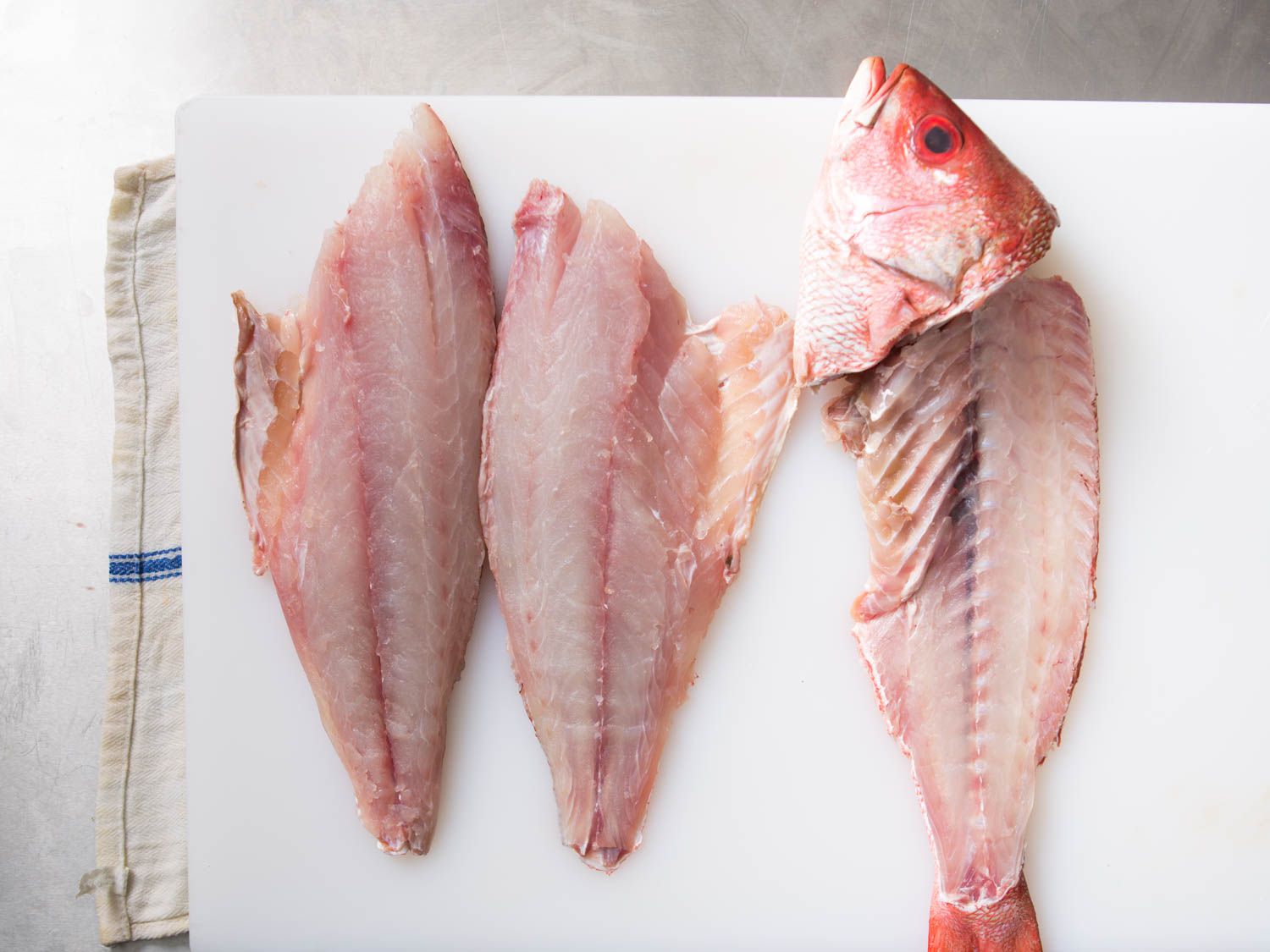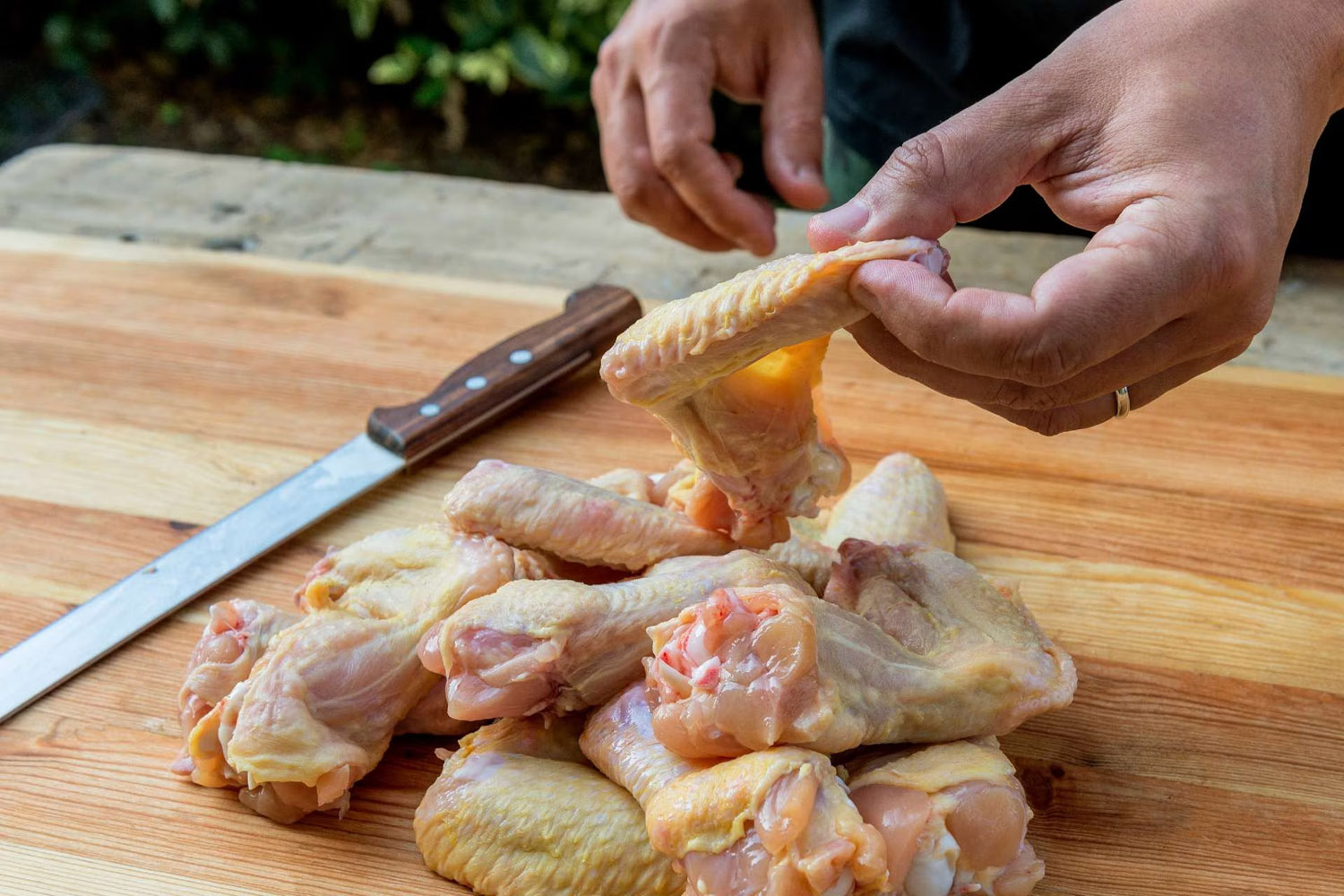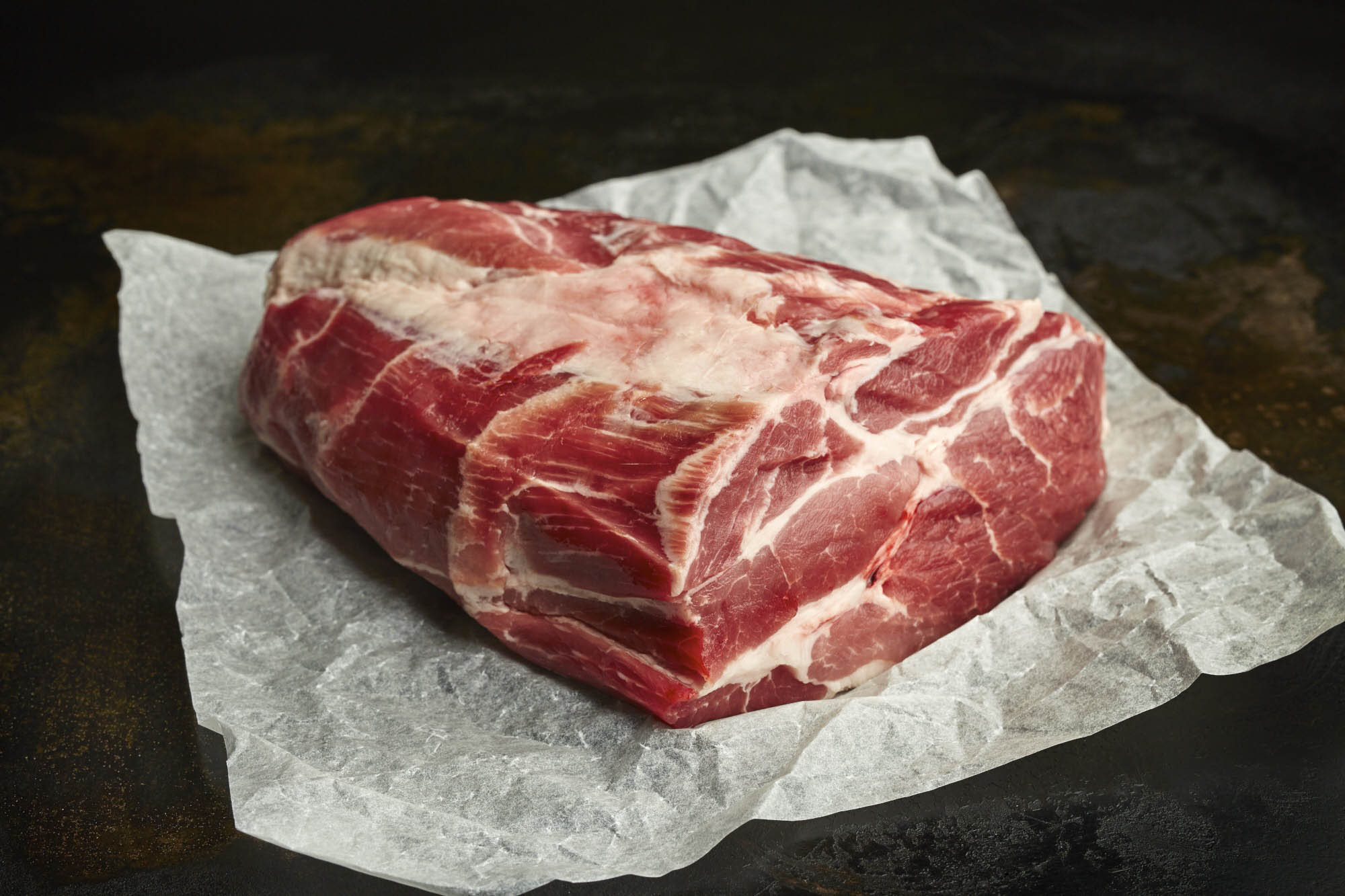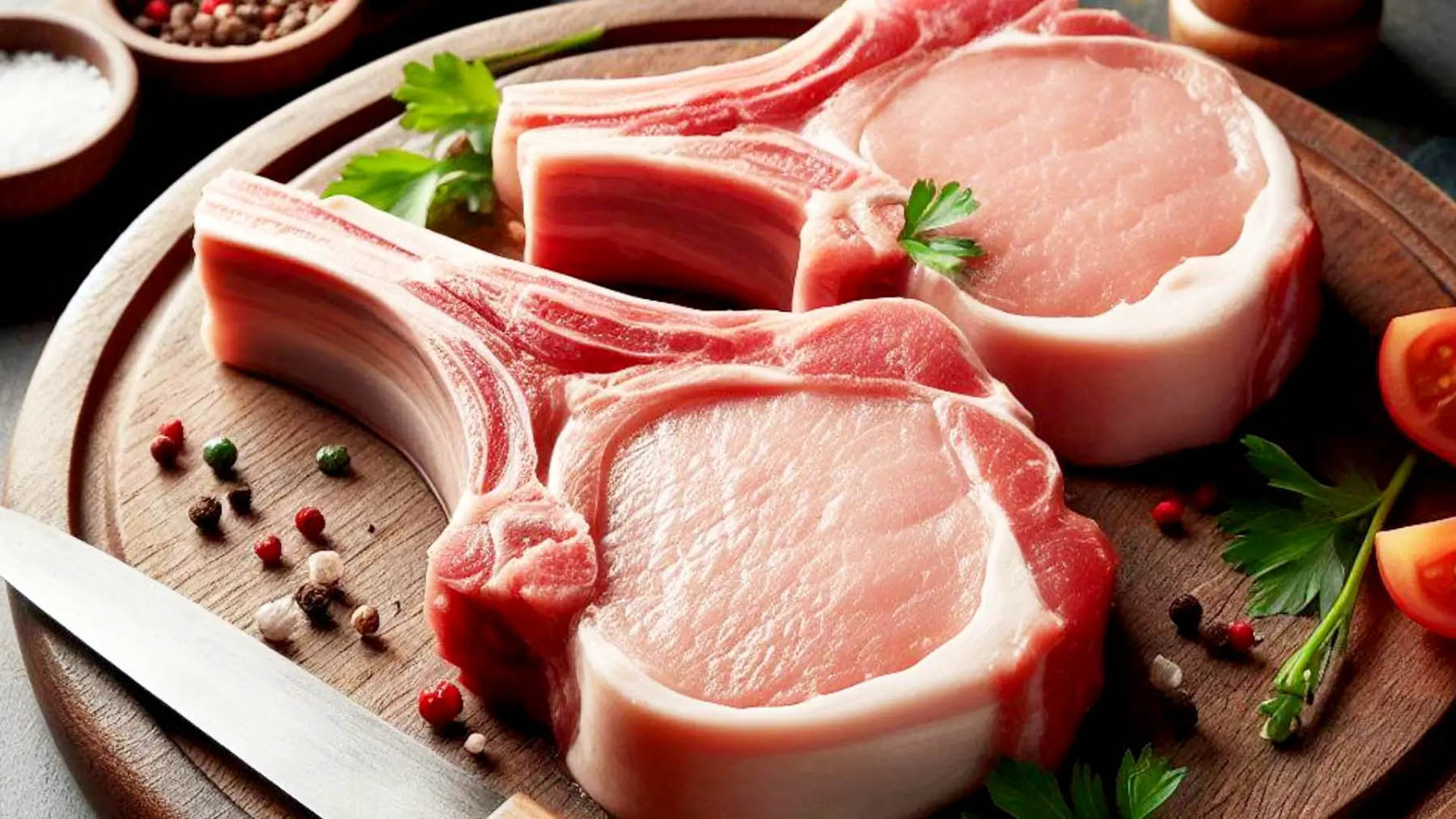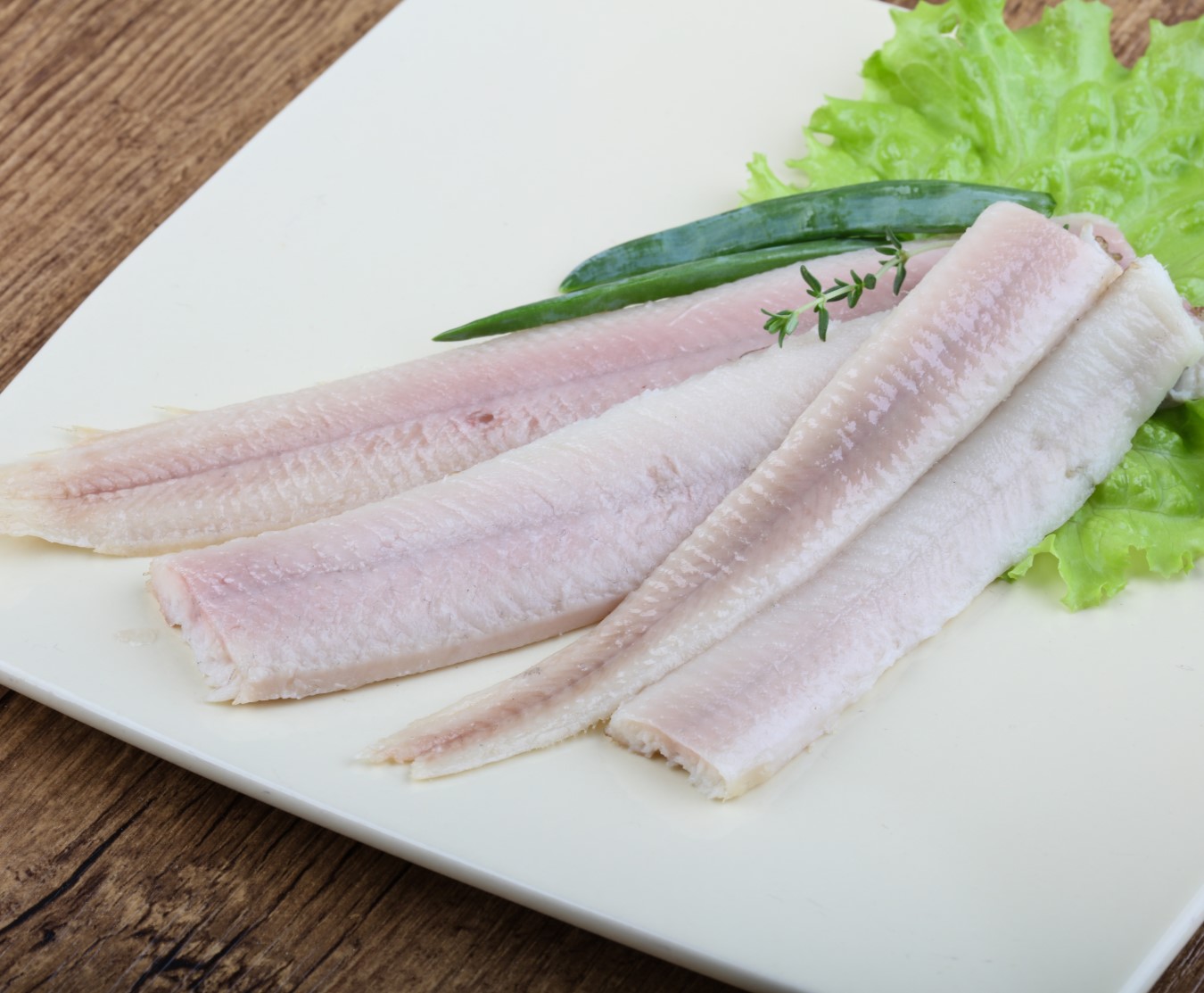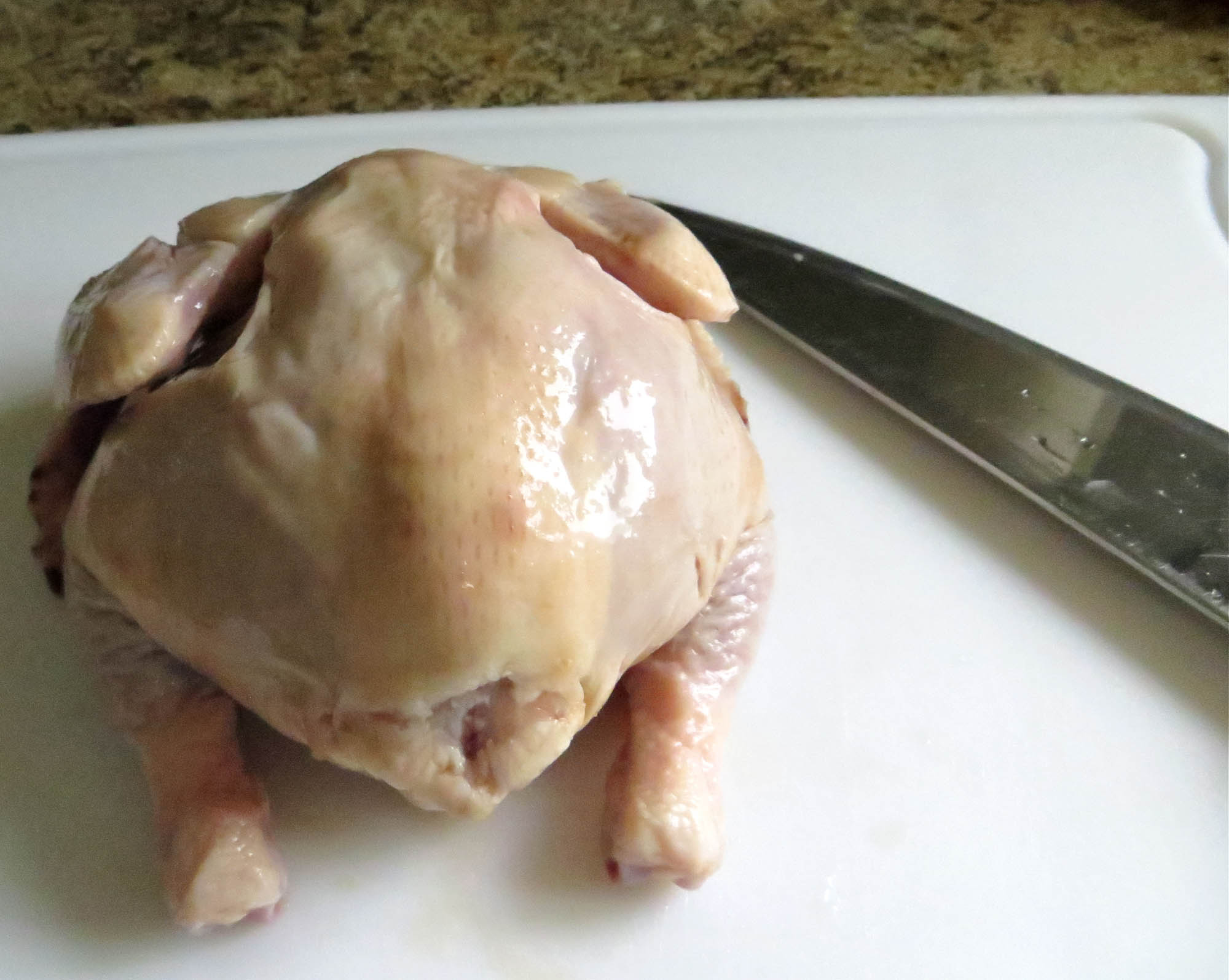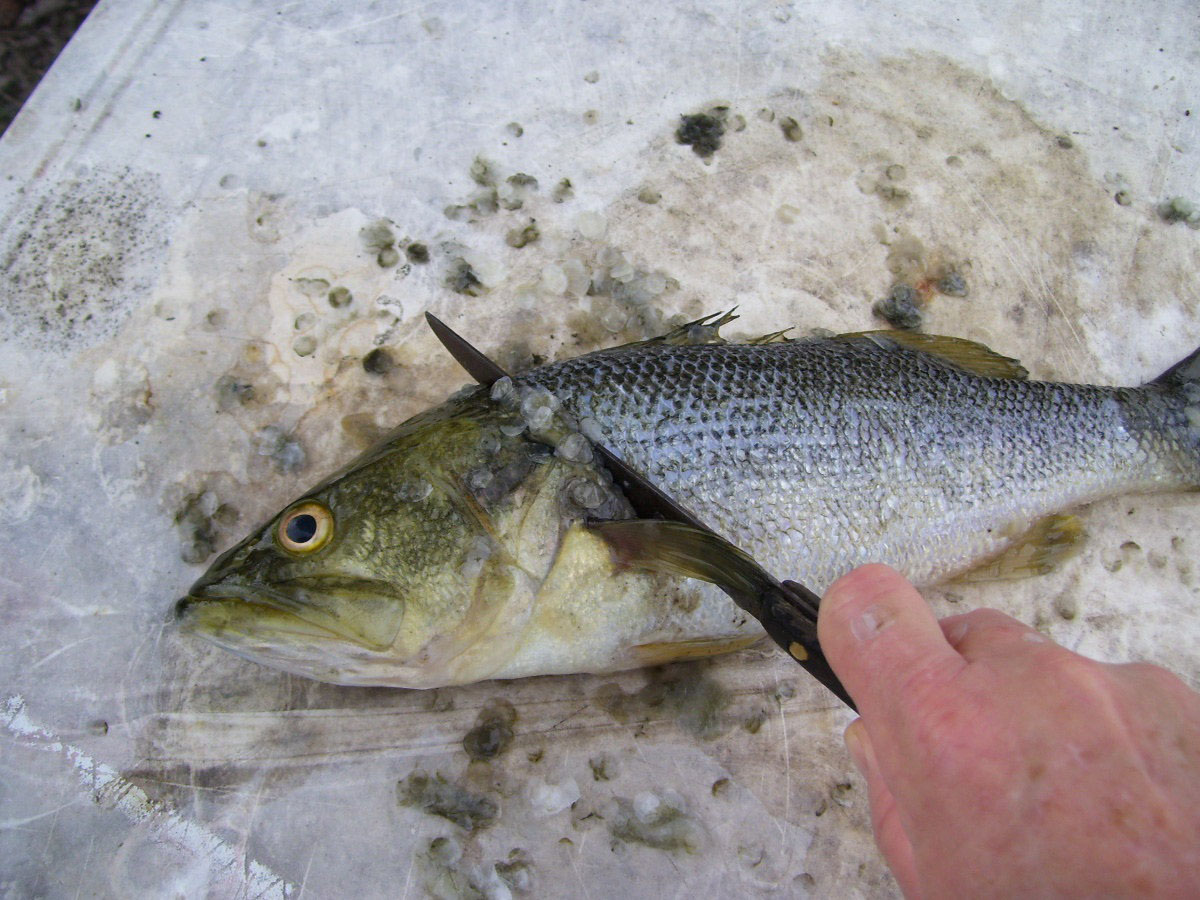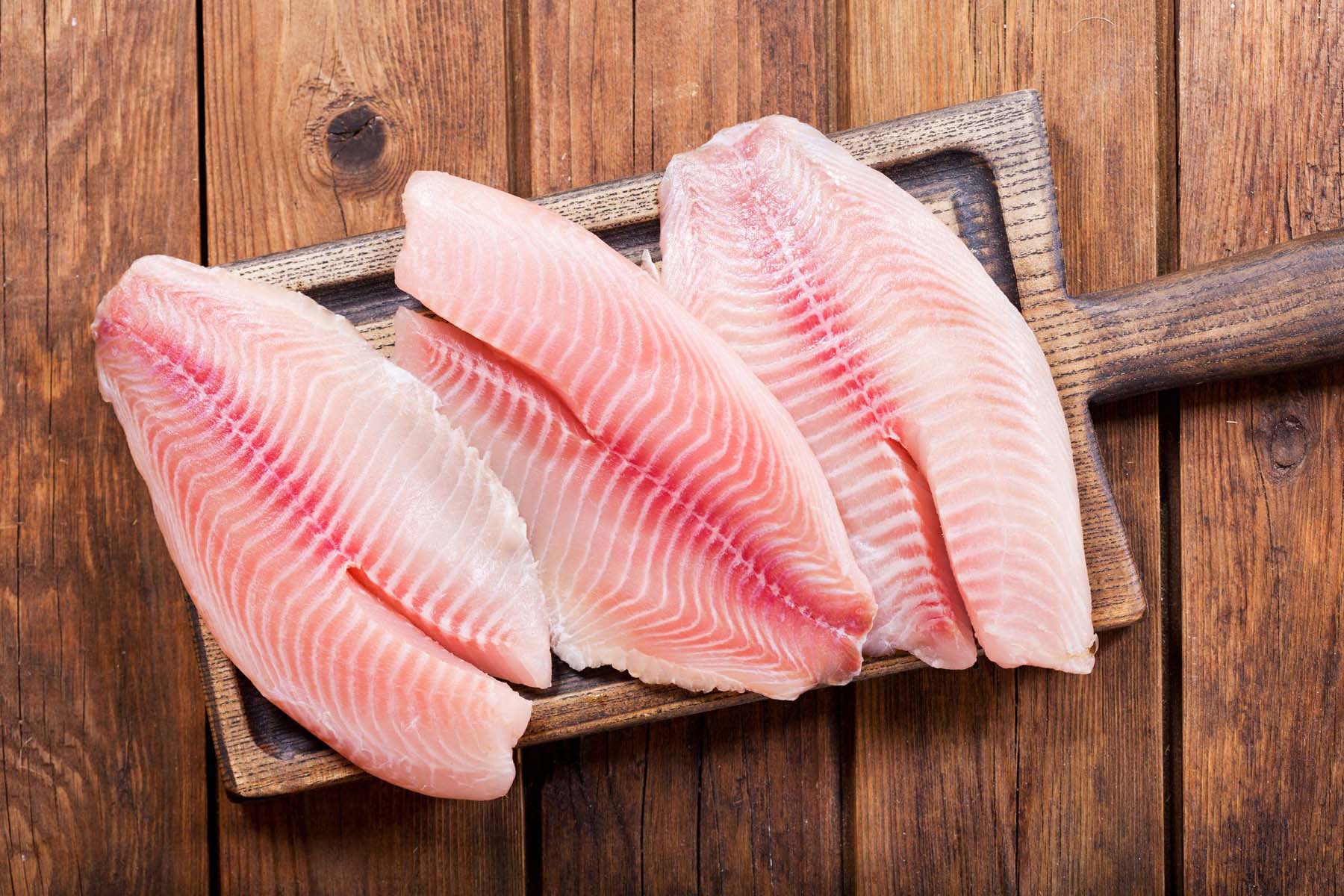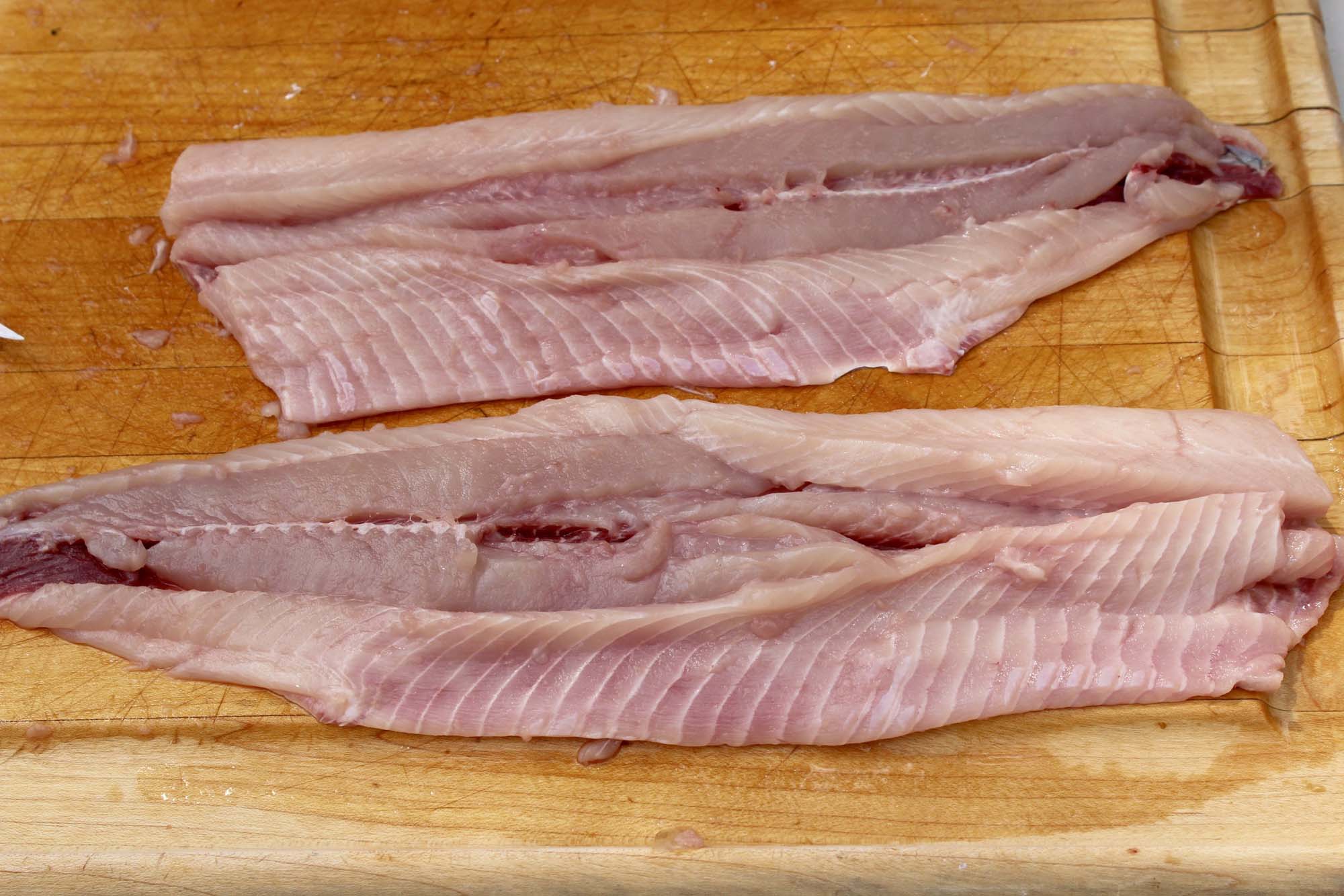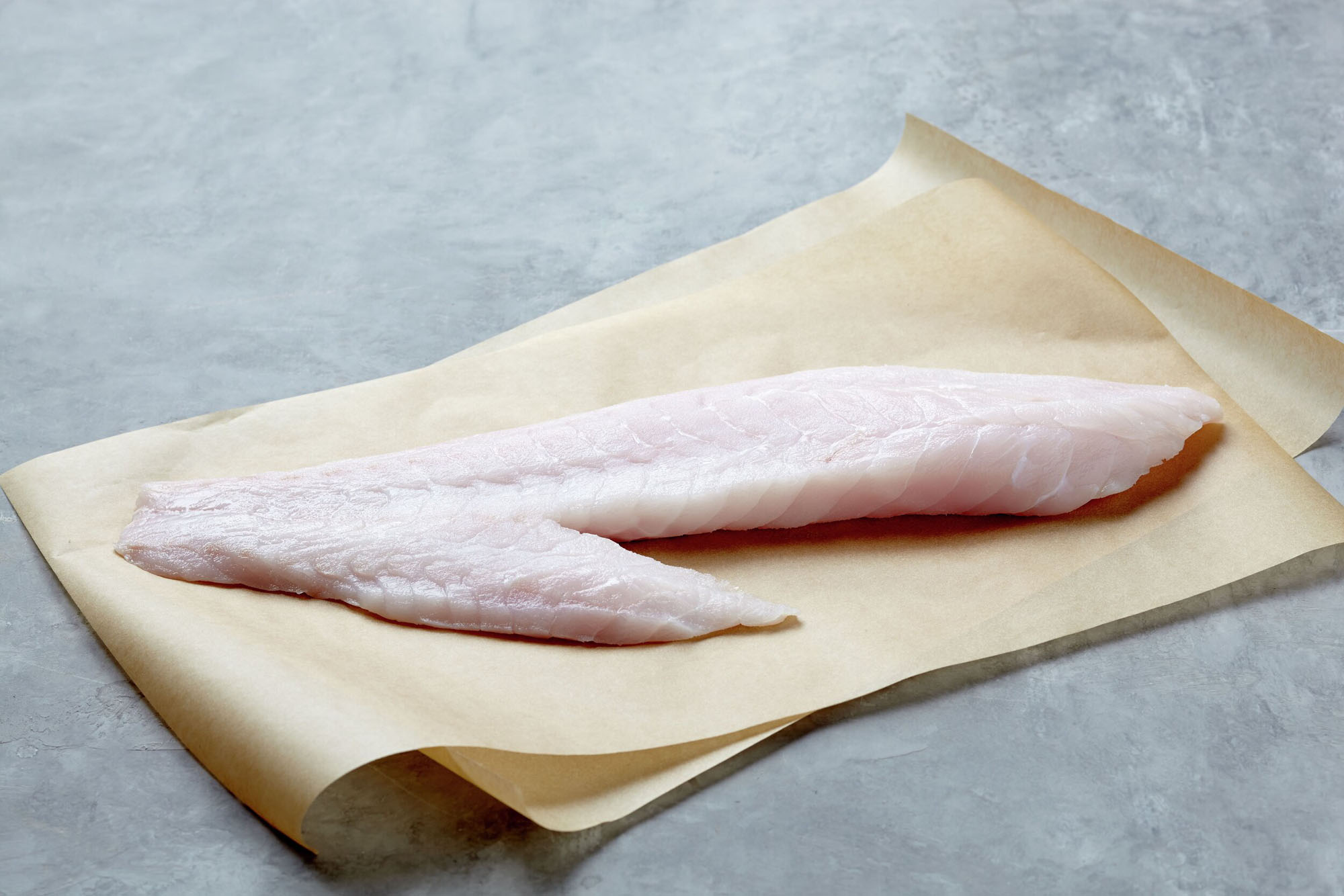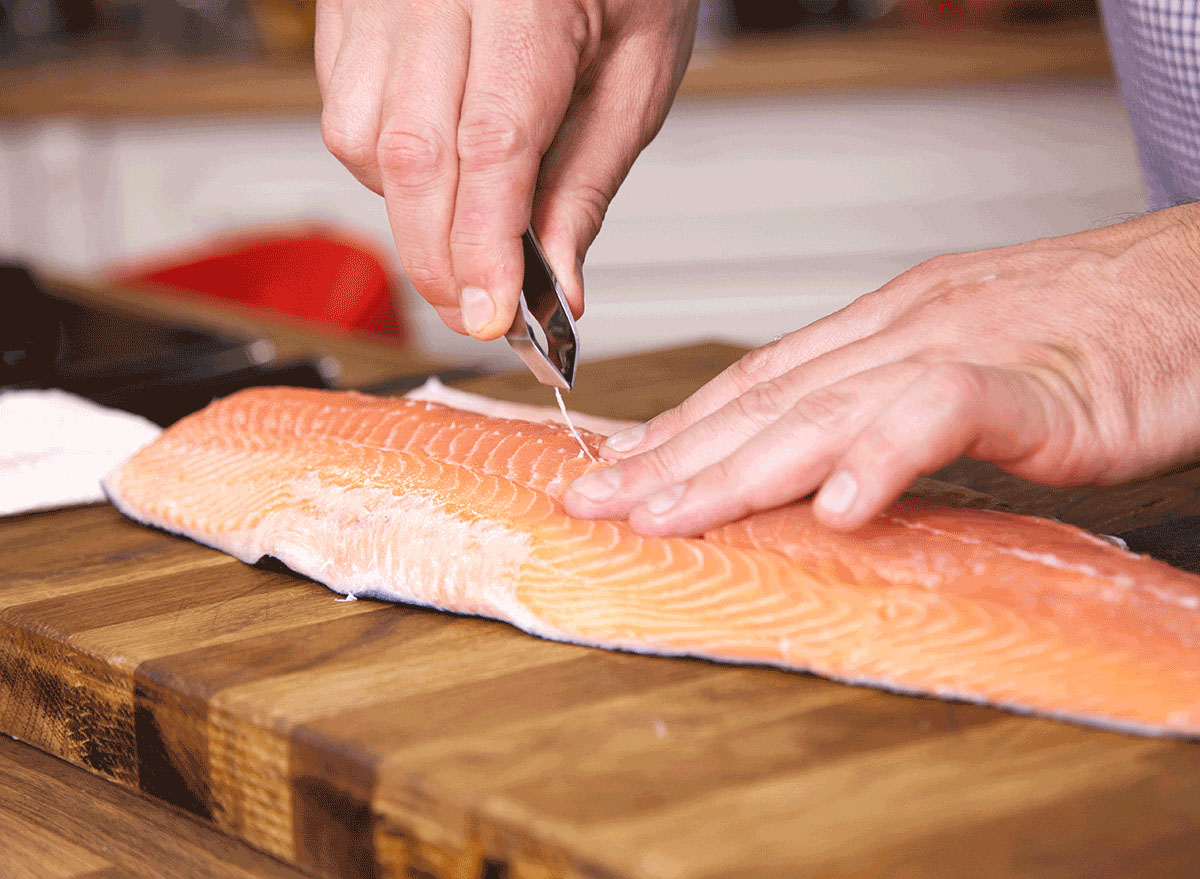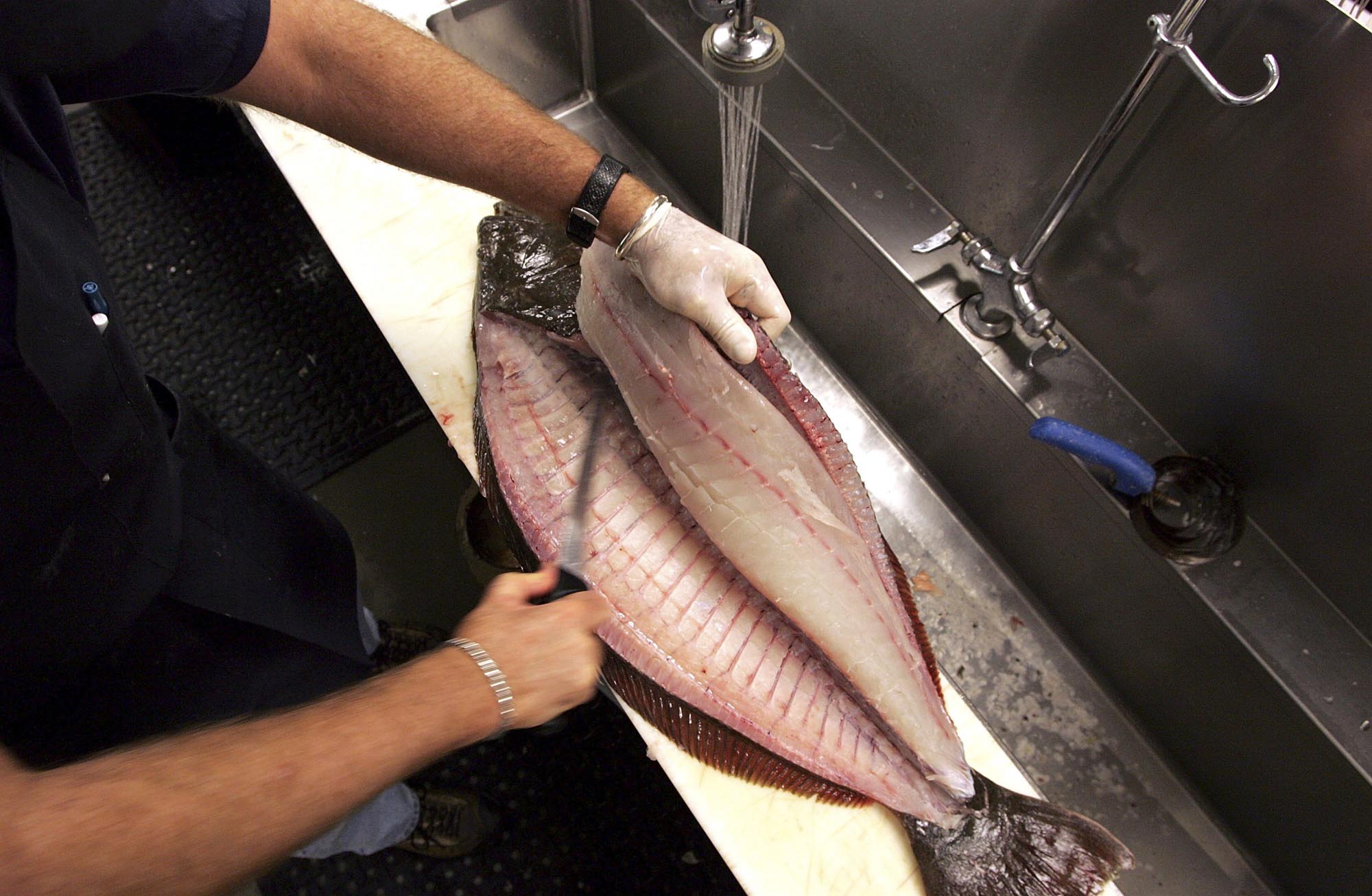How to Prepare Monkfish Tail
Monkfish is a delicious and versatile fish that can be prepared in a variety of ways. One popular method of preparing monkfish is by deboning the tail. While deboning a monkfish tail may seem like a daunting task, with the right technique and a little practice, it can be easily mastered. Here’s a step-by-step guide on how to debone monkfish tail like a pro.
Step 1: Gather Your Tools
Before you begin, make sure you have the necessary tools on hand. You will need a sharp fillet knife, a cutting board, and a pair of kitchen shears. Having the right tools will make the deboning process much easier and safer.
Step 2: Remove the Skin
Start by removing the skin from the monkfish tail. Use the kitchen shears to make a small incision in the skin near the top of the tail. Hold the skin firmly and carefully slide the shears along the length of the tail to separate the skin from the flesh. Once the skin is loosened, you can peel it off the tail with your hands.
Step 3: Locate the Backbone
Once the skin is removed, it’s time to locate the backbone of the monkfish tail. Lay the tail flat on the cutting board and run your fingers along the center of the tail to feel for the bone. The bone will be a firm, raised ridge running down the center of the tail.
Step 4: Make the Initial Incision
Using a sharp fillet knife, make a shallow incision along the top of the tail, following the line of the backbone. Be careful not to cut too deep, as you want to avoid piercing the backbone at this stage.
Step 5: Cut Along the Backbone
Once you have made the initial incision, carefully run the fillet knife along the length of the backbone, separating the flesh from the bone. Use smooth, steady strokes and let the knife do the work. As you progress, gently pull the flesh away from the bone to keep it taut and make it easier to cut along the backbone.
Step 6: Remove the Bone
Once you have cut along the entire length of the backbone, you should be able to lift the bone away from the flesh. Use the kitchen shears to snip any remaining connective tissue and remove the bone completely from the tail.
Step 7: Trim and Clean the Tail
With the bone removed, you can now trim any excess fat or connective tissue from the tail. Use the fillet knife to carefully clean up the edges and ensure that the tail is ready for cooking.
Step 8: Rinse and Pat Dry
Before cooking the deboned monkfish tail, give it a quick rinse under cold water to remove any remaining debris. Pat the tail dry with paper towels to ensure that it is clean and ready for seasoning.
Now that you have successfully deboned the monkfish tail, you can use it in your favorite recipes, such as grilling, pan-searing, or baking. With practice, you will become more confident in your deboning skills and be able to enjoy the delicious taste of monkfish without the hassle of bones.
Remember, practice makes perfect, so don’t be discouraged if your first attempt isn’t flawless. With time and patience, you’ll be able to debone monkfish tail with ease and impress your friends and family with your culinary expertise.
For anyone looking to master the art of deboning monkfish tail, there are several recipes that can put this skill to good use. After learning the technique, they might want to try Grilled Monkfish Tail with Lemon and Herbs, which highlights the fresh, clean flavors of the fish. Those seeking a more indulgent dish can opt for Monkfish Tail Medallions in White Wine Sauce, perfect for a sophisticated dinner. For a spicier twist, Monkfish Tail Curry with Coconut Milk offers a rich, flavorful experience. Finally, for a crowd-pleaser, Monkfish Tail Tacos with Fresh Salsa provide a fun and delicious way to enjoy this versatile fish.
Was this page helpful?
Read Next: How To Debone Dove Breast
